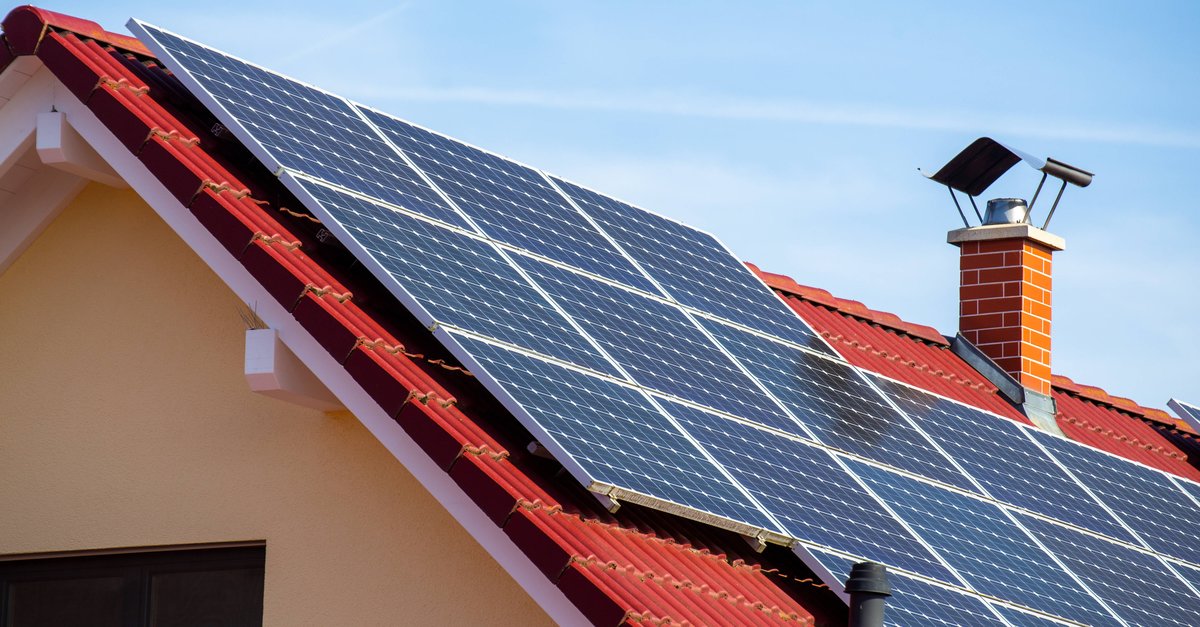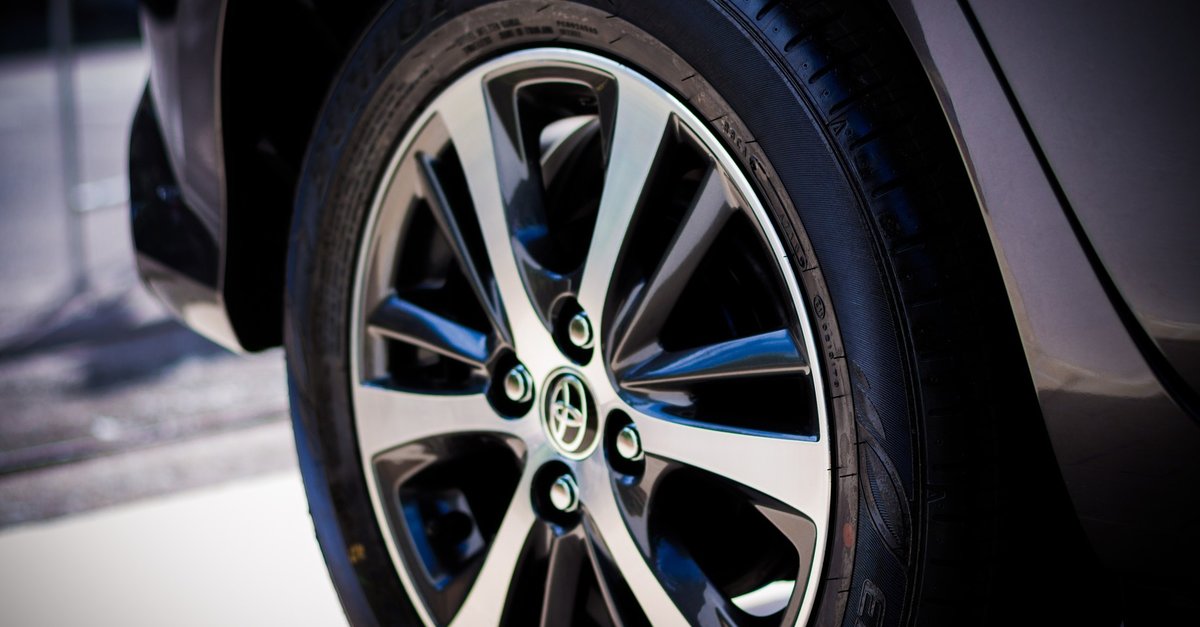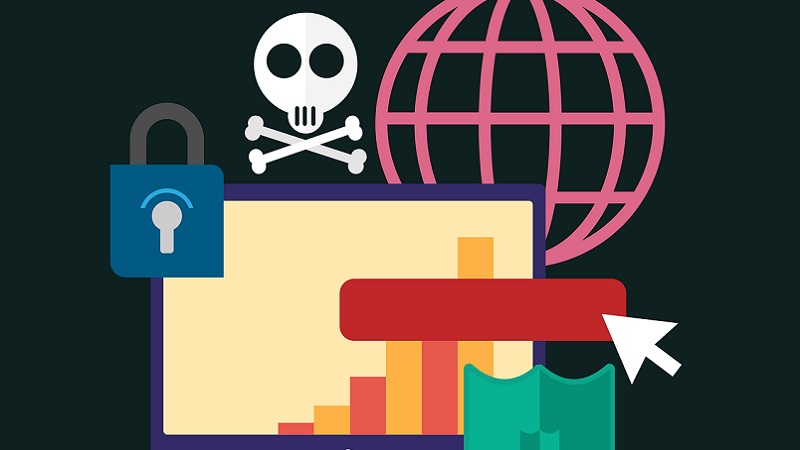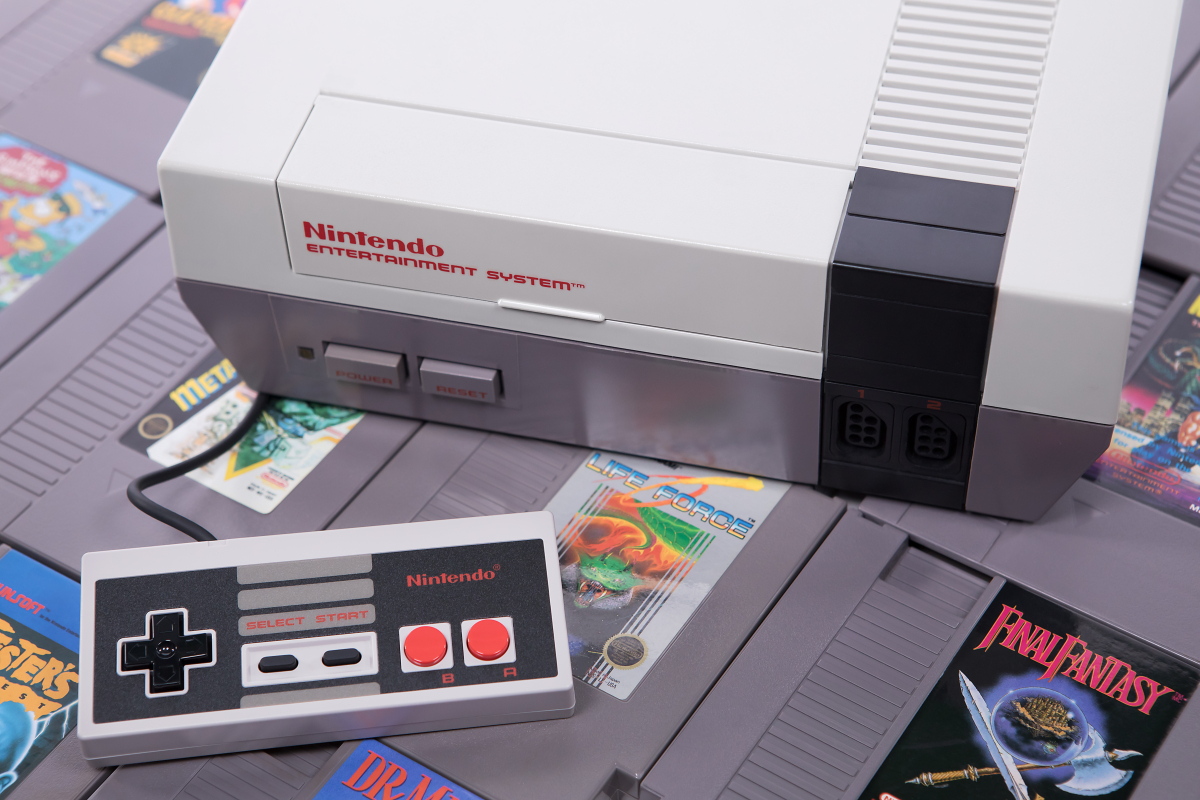This is what happens when the power grid fails
Solar systems experience a boom in times of energy crisis. Many people want to get away from gas and oil and rely on solar systems on the roof. But what happens in the event of a power failure? In the event of a blackout, not every solar system is automatically prepared. So you could be without electricity despite solar energy.
Solar system during blackout does not supply electricity
In Germany, more and more solar systems are being built on many houses in order to become less dependent on gas and to save on energy costs. There are now more incentives to buy a solar system. This way you get a higher payment and can decide year after year whether you feed in all the energy or use it yourself. The latter is particularly worthwhile with an e-car and a heat pump. But what actually happens in the event of a blackout? That’s exactly what the energy expert Reinhard Loch of the North Rhine-Westphalia consumer advice center had in conversation with Ruhr news reveal.
Normally, a solar system is connected to the normal power grid. After all, the solar system feeds the excess energy into the power grid. Corresponding a solar system switches off automatically if the connection to the power grid is interrupted. This is also important for the technicians who work on lines. In certain cases, when a house or a street is disconnected from the grid, it cannot be the case that electricity from solar systems still flows. Incidentally, exactly the same thing happens with balcony power plants. They also disconnect as soon as the network stops working.
A balcony power station is a good and simple solution to save on electricity costs:
Newer solar systems can provide backup power
But there are also solar systems that support the emergency power supply. In this case, a relatively large battery with a capacity of around 20 kWh should be available in order to be able to bridge the energy requirements of a house. The energy can be stored and used again directly by the house and consumers. According to Loch, this is integrated in some new solar systems, but often has to be activated separately or specially converted, which can cost several thousand euros.
The Federal Association of the Solar Industry in Berlin states that around half of the PV systems with storage installed in 2021 will support an emergency power supply. About 33 percent can even operate in isolation, so that complete self-sufficiency is possible in the event of a blackout. However, a battery is always a prerequisite for this.
Solar generators provide a little more security in the event of a power failure:
Precise planning of a solar system is extremely important
Many people now desperately want to have a solar system as soon as possible without considering all possible uses. So you should think about what you need now and what you might have to do later. A heat pump and an e-car play a decisive role here. For the latter, your solar system must support excess charging so that you can feed your solar energy directly into the electric car instead of taking the detour via the grid operator. The size is also decisive, because expanding a system later can be more expensive than planning more generously right away. So be sure to get advice and think about what you need beforehand.



